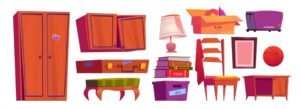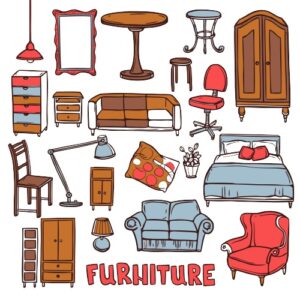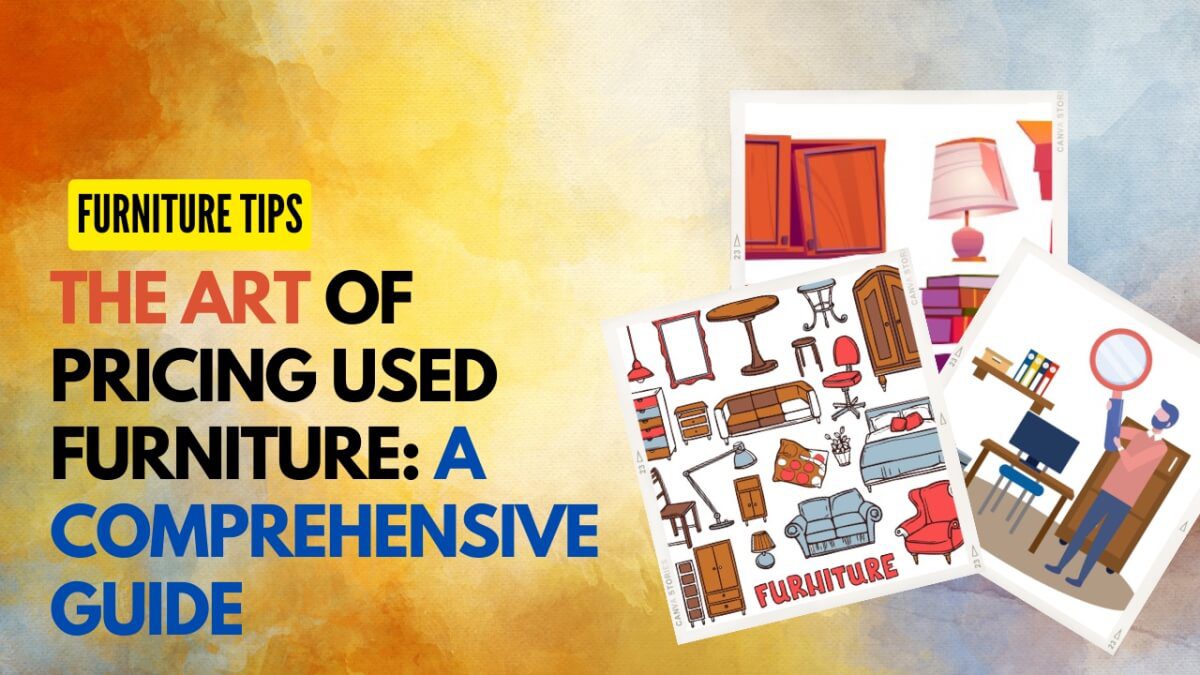Master ‘The Art of Pricing Used Furniture’ with our Comprehensive Guide! Learn expert tips and strategies to price your second hand or used furniture for maximum value and profit. Don’t miss out – start optimizing your pricing skills today!
Determining the right price for your used furniture is crucial when it comes to selling it successfully. Whether you’re downsizing, redecorating, or simply looking to declutter, understanding how to price your used furniture accurately can make a significant difference in attracting potential buyers and maximizing your profit.
In this comprehensive guide, we will explore the key factors to consider when pricing your used furniture, empowering you to make informed decisions and achieve a successful sale.
The Art of Pricing Used Furniture – A Step by Step Guide
Selling your used furniture can be a great way to declutter your space and make some extra cash. By following these guidelines, you’ll be able to attract potential buyers, negotiate effectively, and ultimately secure the best price for your pre-loved pieces.
1. Assessing the Condition:
The condition of your furniture plays a vital role in determining its value. Take a close look at any wear and tear, scratches, stains, or structural issues. Be objective and honest about the condition, as potential buyers will appreciate transparency.

Remember that well-maintained and gently used furniture will generally command a higher price than items with significant damage or signs of heavy use.
2. Research the Market:
Conduct thorough research to understand the current market value of similar used furniture items. Explore online platforms, visit local thrift stores, and check classified ads to gauge the going rates.

Factors such as brand, age, style, rarity, and demand all influence pricing. Take note of any unique features or characteristics that may make your furniture stand out from the competition.
3. Consider Depreciation:
Used furniture, like any other asset, depreciates over time. Consider the age of your furniture and how it compares to similar items on the market. As a general rule, the older the furniture, the lower its value.

However, antique or vintage pieces may appreciate in value due to their rarity or historical significance. Research the specific market for antique or vintage furniture to determine its potential worth.
4. Evaluate Quality and Brand:
The quality of your furniture and its brand reputation can greatly influence its price. High-quality, well-crafted furniture from reputable brands tends to retain its value better than mass-produced pieces.

Take into account the materials used, craftsmanship, and the overall durability of the furniture. Consider highlighting any notable brand names or craftsmanship techniques in your listing to attract potential buyers.
7 Important Tips For Selling Your Used Furniture? Here’s How to Get the Best Deal
5. Factor in Demand and Trends:
The demand for certain styles, designs, or periods of furniture can fluctuate over time. Stay up-to-date with current trends and preferences in the furniture market.

Pay attention to popular interior design styles and consider how your furniture fits into these trends. In-demand styles or unique pieces may command a higher price, while outdated or less sought-after items may require a lower price to attract buyers.
6. Determine Your Pricing Strategy:
There are several pricing strategies you can employ when selling used furniture. You may choose to set a fixed price, which simplifies the negotiation process. Alternatively, you can opt for a slightly higher price to allow room for negotiation.

Auction-style listings can also be effective for unique or high-demand items, as they encourage competitive bidding. Consider the pros and cons of each strategy and select the one that aligns with your goals and the specific characteristics of your furniture.
7. Be Open to Negotiation:
Buyers often expect some room for negotiation when purchasing used furniture. Be prepared to respond to offers and consider setting a minimum acceptable price.

However, it’s important to strike a balance between flexibility and ensuring you receive a fair value for your furniture. Be open to reasonable offers, but also be willing to politely decline offers that do not meet your expectations.
Conclusion:
Pricing used furniture requires careful consideration of factors such as condition, market research, depreciation, quality, brand, demand, and trends. By assessing these aspects thoughtfully and adopting a pricing strategy that suits your goals, you can attract potential buyers and achieve a successful sale.
Remember to remain realistic, flexible, and open to negotiation while ensuring that your pricing reflects the value of your furniture. With these guidelines in mind, you’ll be well-equipped to navigate the art of pricing used furniture and maximize your selling potential.
Other Interesting Posts To Read:
Unique Finds: Uncovering Hidden Treasures in Local Thrift Stores
Discover the Charm of Second-Hand Furniture Stores Near You
